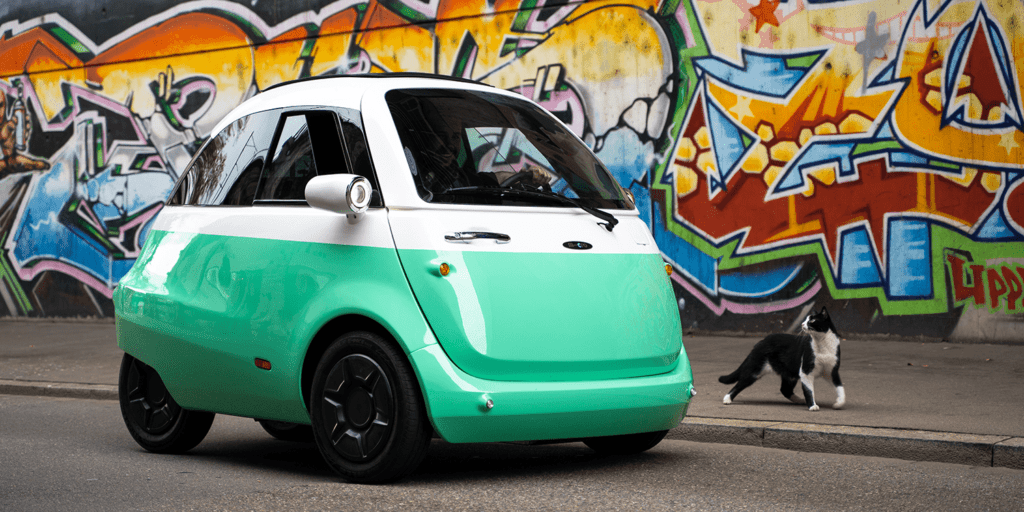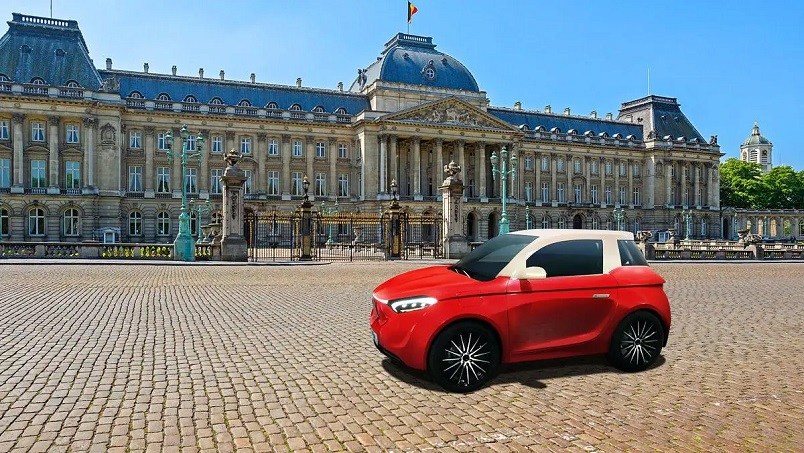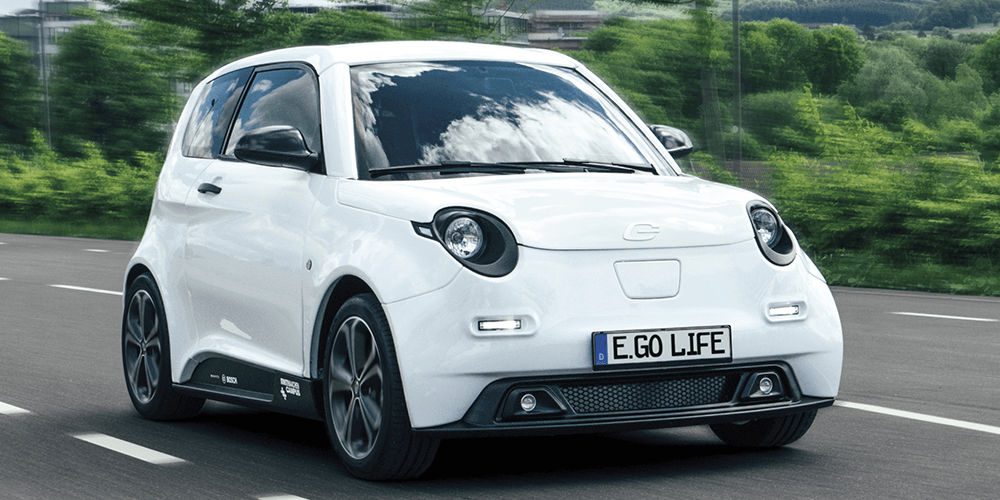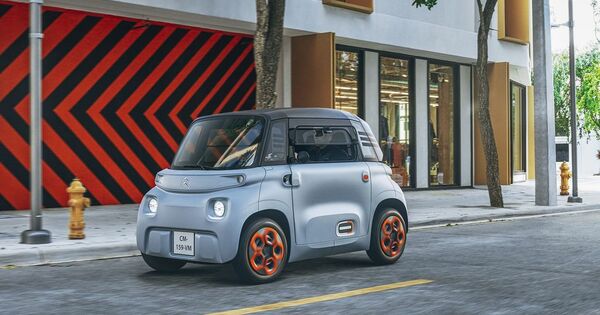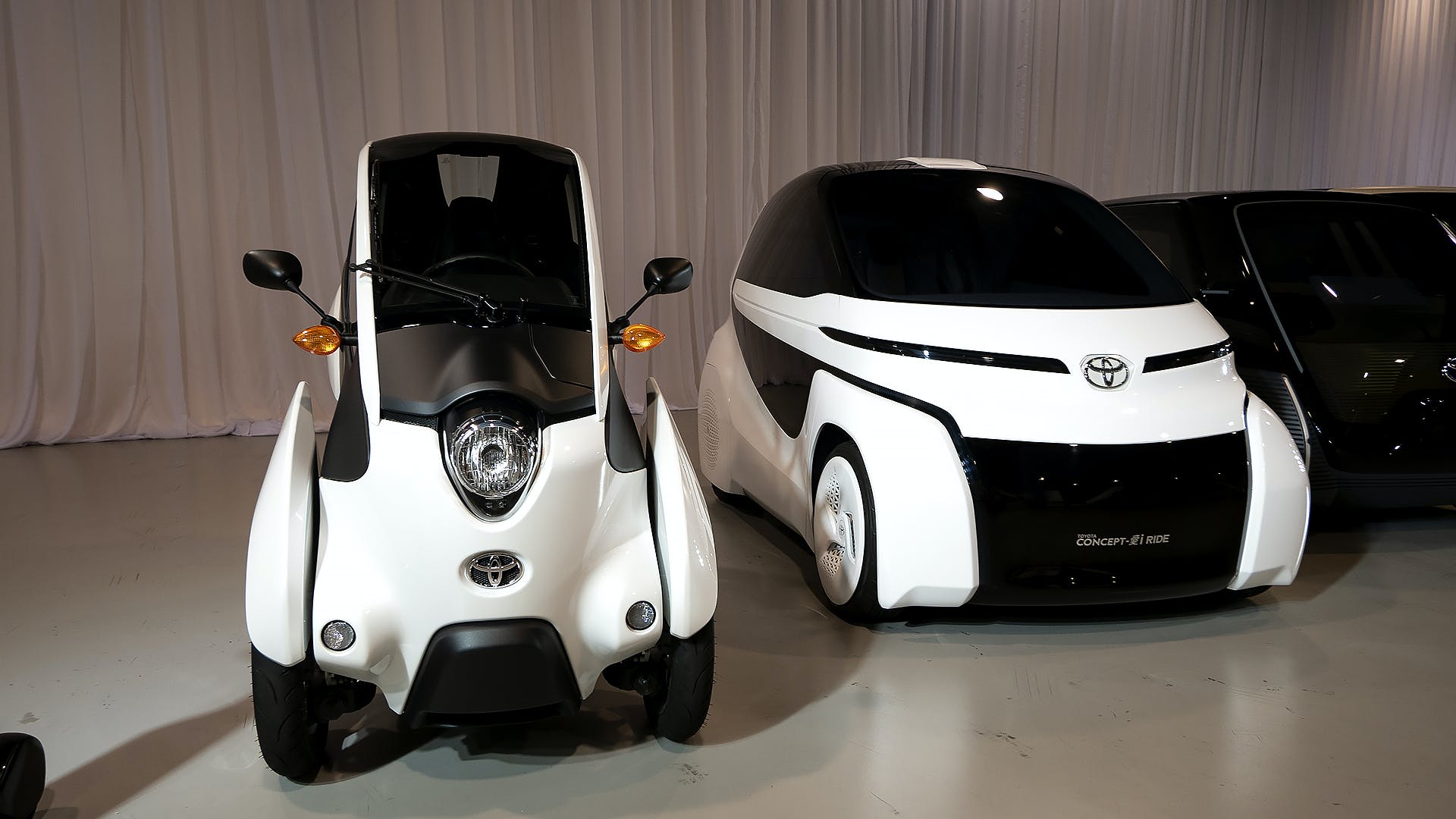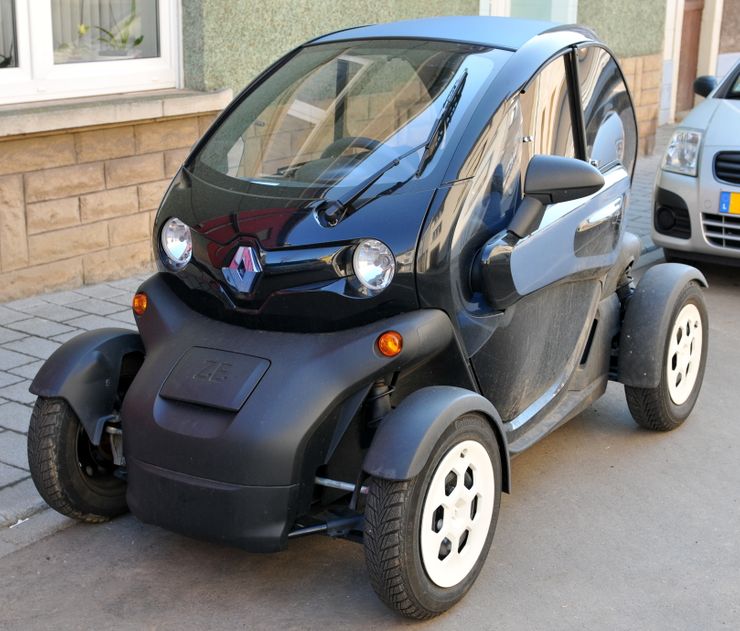The microcar disappeared from the streets about 50 years ago, but now the ‘dwarf car’ is back in a modern version. From adventurous start-ups to the big, serious car manufacturers.
The release of new microcar models are linked to the expected increase in the number of mega-cities. According to various predictions, two-thirds of the world’s population will live in cities by 2050. City space is becoming increasingly scarce, and car manufacturers are responding to this development, New Mobility reports.
In the 1950s, models such as the BMW Isetta, the Goggomobil, and the Messerschmitt were the way for car manufacturers and former aircraft manufacturers to get the general public mobile again. But soon, the dwarf cars were pushed out of the market by the Citroën 2CV, the Volkswagen Beetle, the Mini, and the Fiat 500. More spacious, safer, faster, and hardly more expensive.
Today, the microcars are rolled out again, such as the Biro and the Carver, both Dutch. And, while the small car segment struggles, more microcars are coming. All of them are electric, and each model looking more extreme than the other:
Thunder Power Chloe
The Chinese carmaker, Thunder Power, has had its eyes on the European market for quite a while. It has plans to build its Chloe electric city car on the former Caterpillar site in Charleroi, Belgium. Meanwhile, the project has incurred quite a delay, with production planned for 2021.
YKS1
The YKS1 is an invention of Rotterdam native Ronald Schoonrok. His playful, modern design appealed to various investors and is going into development. The YKS1 reaches a maximum speed of 80 km/hour and has room for one occupant. It has a tilting cabin, like the Carver.
e.Go
The 3,34-meter-long e.Go Life offers space for four. The new start-up, founded by Professor Günther Schuh from the University of Aachen (Germany), previously developed an electric delivery vehicle for DHL.
Despite financial problems, the delivery of e.Go Life has started. The cheapest variant costs €16,500 in the Netherlands and will travel some 100 kilometers, with more range and speed for more expensive versions. The top speed is at least 112 kilometers per hour.
Microlino and Artega Karo Isetta
In 2016, Swiss Micro Mobility unveiled the Microlino, inspired by the original BMW Isetta. It was an instant hit with 17 000 orders. However, the car never went into production due to plagiarism lawsuits. German Artega designed its own retro Isetta, named Karo.
In the meantime, the quarrel has been settled, and both companies are launching their own version on the market. Both the Microlino and the Karo reach 125 or 200 kilometers on one battery charge and reach 90 kilometers per hour. The Microlino will cost around €12 000, while Artega will charge €17 995 for the Karo.
Citroën Ami
While Renault has had little success with the Twizy for years, Citroën now launches the 2,41 meter short Ami. It has a top speed of 45 km/hour and can be driven without a license. Ami was conceived as a shared car. In France, consumers can drive it for about 26 euro cents per minute through PSA’s Free2Move sharing system.
But soon, it will also be available for a monthly fee of about 20 euros and can be bought for €6,900. This makes it the cheapest ‘city car’ by far, for the time being, although its usability remains relatively limited, according to some industry experts, mainly because of the 70 km range.
New Smart and mini-Mini
Currently, the Smart Fortwo EQ is the smallest electric city car in the market. Daimler has sold 50% of the brand to the Chinese company Geely, and in a few years, an entirely new generation of Smarts will be introduced.
In the meantime, competitor Mini goes back to basics with a small Mini. In 2022, the brand presents the production version of the Rocketman, which is about 40 centimeters shorter than the current Mini three-door.
Here, too, the new model is the result of a collaboration with China: parent company BMW makes the electric Mini-Mini together with the Chinese car group Great Wall.
Toyota i-Road and Ultra-Compact BEV
Toyota has been researching what the ideal city car should look like for ten years. In 2013, it came with the i-Road, a funny two-seater that tilts like a motorbike when cornering (like the Carver). Passengers sit one behind the other, like in a Renault Twizy, and that can be a handicap.
After a failed subproject in Tokyo and Grenoble, Toyota decided to develop a more serious alternative, the 2,49-meter-long Ultra-Compact BEV (a working name). Two people can sit next to each other and drive 100 kilometers electrically at a maximum speed of 60 kph. It will go on sale by the end of this year, firstly in Japan.
Renault Twizy
One of the earliest recent ‘people movers’ on the market is the Renault Twizzy, available in two versions, one for drivers without a driver’s license (limited at 45 kph), one for holders of a permit (top speed 80 kph).
With a price tag starting at €7,260, it’s not cheap. The in-a-row seating position and the restricted protection from weather conditions seem to be significant hurdles for buyers.
The Brussels Times

